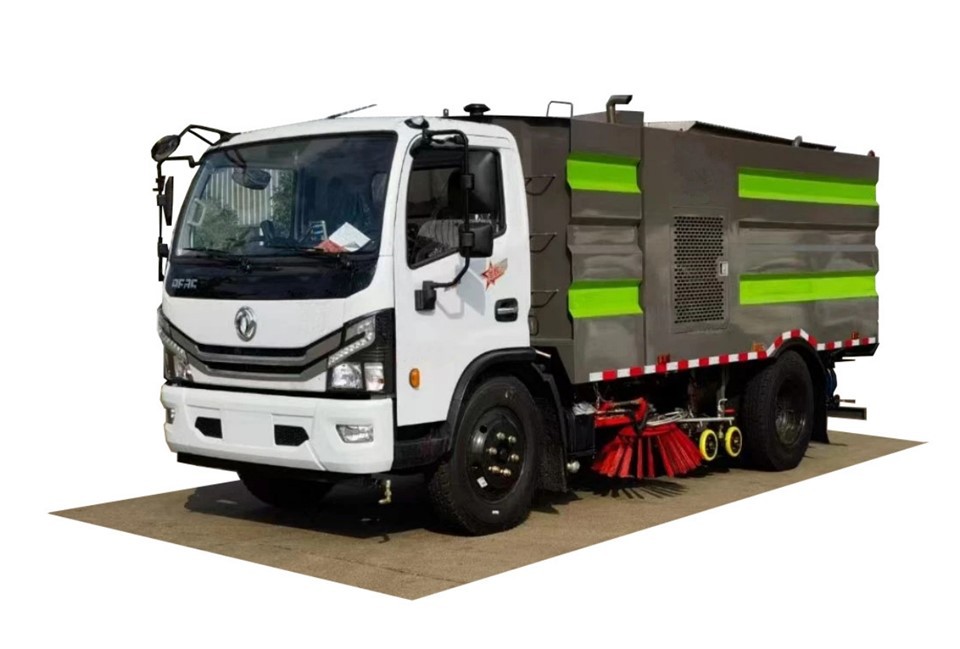Introduction
The king cobra (Ophiophagus hannah) is renowned as one of the most majestic and formidable snakes in the world. With its striking appearance, impressive size, and unique ecology, the king cobra has captured the fascination of people around the globe. This article delves deep into the anatomical and behavioral characteristics of the king cobra, focusing on its back as a critical aspect of its biology and survival. We will explore topics such as its anatomy, habitat, diet, significance in the ecosystem, and human interactions. Along the way, we will cover practical tips for coexisting with these majestic creatures and address common questions regarding the king cobra.
The Anatomy of the King Cobra
Physical Characteristics
The king cobra can grow up to 18 feet long, making it the longest venomous snake in the world. Its distinctive back features contribute to its identity and functionality.
Coloration and Patterns
The back of the king cobra typically exhibits a range of olive green to brown hues adorned with lighter crossbands. These colors serve as camouflage in their natural habitat, aiding in hunting and avoiding predators.
Scales
The king cobra’s back is covered with smooth, shiny scales made of keratin. These scales are essential for locomotion, allowing the snake to glide silently through its environment.
Anatomical Adaptations
Several anatomical features enhance the king cobra’s survival capabilities.
Neck Expansion
One of the most striking aspects of the king cobra’s back is its ability to expand its neck when threatened. When alarmed, the king cobra raises the front part of its body and flattens its neck, forming a hood. This expansion makes it appear larger and more intimidating to potential threats.
Muscle Structure
The musculature along the back enables remarkable mobility, allowing the king cobra to move quickly and strike with speed. Strong dorsal muscles aid in the powerful undulating motion required for effective locomotion and defense.
Habitat of the King Cobra
Geographic Distribution
The king cobra predominantly inhabits forests, grasslands, and wetlands across Southeast Asia, India, and southern China. Its preferred environments include dense thickets, bamboo jungles, and proximity to water bodies.
Impact of Habitat on Behavior
The unique back coloration of the king cobra allows it to blend seamlessly into its surroundings, making it an efficient ambush predator. Understanding these habitats is crucial for appreciation and conservation efforts.
Importance of Habitat Preservation
The destruction of habitats poses a significant threat to the king cobra populations. Conservation efforts focusing on habitat preservation are vital for safeguarding not only the king cobra but the biodiversity of ecosystems where they thrive.
Diet and Hunting Techniques
Dietary Preferences
The king cobra primarily feeds on other snakes, including venomous species. It may also consume lizards and small mammals. This diet makes it an important predator in its ecosystem.
Hunting Mechanisms
The back features of the king cobra aid in stealth during hunting. The coloration provides excellent camouflage, while its flexibility allows it to strike precisely at the right moment.
Venomous Attributes
With a potent neurotoxic venom, the king cobra is capable of subduing prey quickly. Its venom affects the nervous system of its victims, which assists in digestion. Understanding the biochemical properties of its venom illustrates the evolved specializations of the king cobra’s anatomy.
Behavior and Social Structure
Solitary Lifestyle
The king cobra is primarily a solitary creature, preferring to hunt and live alone. This solitary nature is reflected in their behavioral traits, particularly in the way they use their backs for territorial behavior and displays.
Territorial Defense
When confronted with rivals, king cobras may exhibit defensive displays. They can expand their hoods and make lateral movements to intimidate adversaries, showcasing the importance of their back anatomy in social interactions.
Mating Behavior
During the mating season, male king cobras engage in combat to win over females. These displays frequently involve twisting their bodies and raising their backs to demonstrate strength and dominance.
Human Interaction: Myths and Realities
Understood or Misunderstood?
Many people hold misconceptions about the king cobra, often fearing it as an aggressive predator. Understanding its behavior helps foster peaceful coexistence.
Conservation Efforts
Efforts to educate communities about the king cobra’s ecological role help mitigate conflicts. Engaging local populations in their protection can lead to better conservation outcomes.
Safety Tips for Encountering King Cobras
For those living in areas inhabited by king cobras, it is crucial to know safety measures.
- Stay calm and maintain distance if spotted.
- Do not attempt to provoke or capture.
- Alert local wildlife authorities if found in populated areas.
Ecological Role of the King Cobra
Predator-Prey Dynamics
The king cobra plays a vital role as a top predator, helping control the populations of various snake species and maintaining balance within ecosystems.
Biodiversity Contributions
The presence of king cobras in the wild contributes to the diversity and health of their ecosystems. Their hunting patterns help restrict the overpopulation of prey species, thus supporting overall biodiversity.
FAQ Section
1. What is the average size of a king cobra?
King cobras can typically reach lengths of 10 to 13 feet, with some individuals growing as long as 18 feet.
2. Where can king cobras be found?
They are primarily distributed across Southeast Asia, India, and southern China, often found in forests and wetlands.
3. Are king cobras aggressive towards humans?
King cobras are generally not aggressive unless threatened. They prefer to avoid human contact and will typically flee if given the opportunity.
4. How dangerous is king cobra venom?
King cobra venom is highly neurotoxic and can be fatal to humans, affecting the nervous system and potentially leading to respiratory failure.
5. What do king cobras eat?
King cobras primarily feed on other snakes, including venomous species, as well as lizards and small mammals.
6. How can I safely coexist with king cobras in my area?
Maintain a respectful distance, avoid provoking the snake, and contact local wildlife authorities if you encounter a king cobra.





